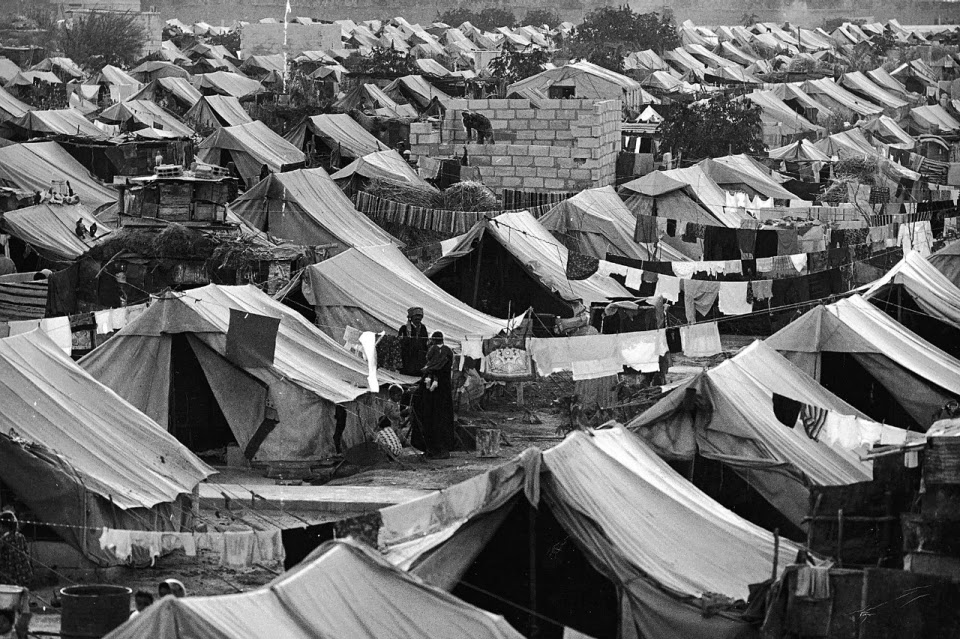a collaborative, means-oriented arrangement, especially a temporary one, that allows distinct people or organizational entities to pool resources and combine efforts in order to effect change. The combination of such persons or entities into one body, as a union, variously organized and structured, but generally less formal than a covenant. Although persons and groups form coalitions for many and varied reasons, the most common purpose is to combat a common threat or to take advantage of a certain opportunity; hence, the often-temporary nature of coalitions. The common threat or existence of opportunity is what gives rise to the coalition and allows it to exist. Such collaborative processes can gain political influence and potentially initiate social movements. (See Social movement(s) below.)
According to Sidney Tarrow, five elements are necessary to maintain a coalition:
- Members must frame the issue to brings them together with a common interest;
- Members’ trust in each other and believe that their peers have a credible commitment to the common issue(s) and/or goal(s);
- The coalition must have a mechanism(s) to manage differences in language, orientation, tactics, culture, ideology, etc. between and among the collective’s members (especially in transnational coalitions);
- The shared incentive to participate and, consequently, benefit.
Coalitions manifest in a variety of forms, types and terms of duration:
- Campaign coalitions with high intensity and long-term cooperation;
- Federations, characterized by relatively lower degree of involvement, intensity and participation, involving cooperation of long duration, but with members’ primary commitment remaining with their own entities;
- Instrumental coalitions, involving low-intensity involvement without a foundation "to carry them beyond the issues and conflicts that bring them together”:
- Event-based coalitions that have a high level of involvement and the potential for future collaboration.[1]
(For some definitions of terms distinguishing types of collective action such as alliance, coalition, collective, movement and network, click here.)
[1] Sidney Tarrow, The New Transnational Activism (Cambridge University Press, 2005).



